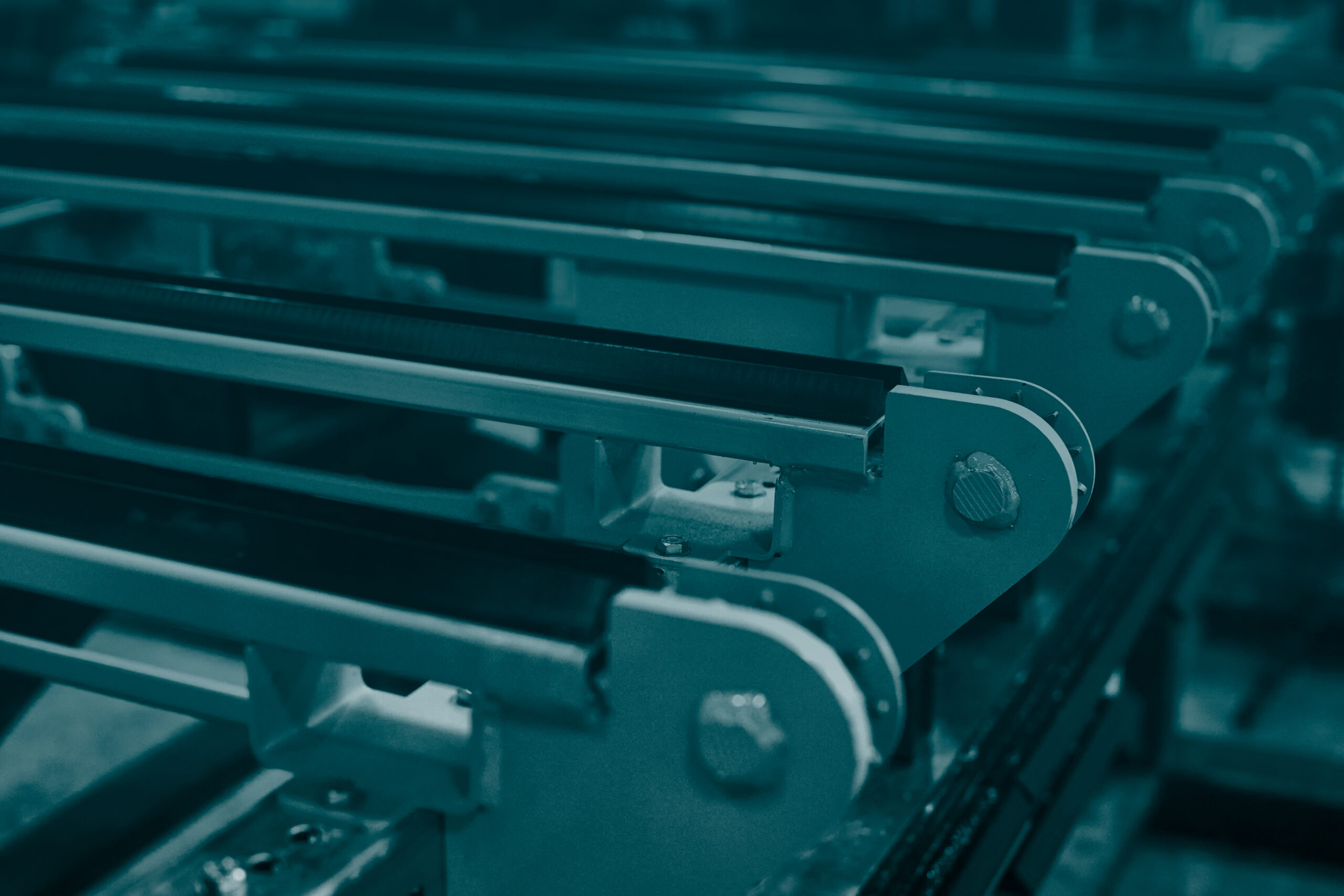When It’s Time to Embrace Robotic Pre-feeding in Your Manufacturing Process

In the modern manufacturing landscape, automation remains a crucial driver of efficiency and productivity. The integration of automated processes is reshaping production at facilities all over the world. One area where this transformation is evident is pre-feeding. The move to robotic pre-feeders, in particular, signifies the dawning of a new era in manufacturing—increasing throughput, reducing manual labor, and enhancing process safety.
What is Robotic Pre-feeding?
To begin with, let us delve into the basics. Pre-feeding refers to the process of loading materials onto a production or assembly line. Traditional pre-feeding methods involve manual labor—a setup that poses challenges in terms of safety, accuracy, speed, and variability. In comes robotic pre-feeding, setup to overcome these hurdles. This system uses robotic technology to manage material loading with an advanced degree of precision, repeatability, and speed.
What Are the Benefits?
The benefits of employing robotic pre-feeders in a manufacturing process are far-reaching:
- Reduced downtime: Robotic pre-feeders offer exceptional uptime compared to manual labor, which suffers from variability, fatigue, and other human factors. The ability to handle repetitive tasks for extended periods significantly enhances productivity and operational continuity.
- Improved safety: Integrating robots into your pre-feeding process mitigates the risk of injuries on the shop floor as robots reduce the human involvement in potentially hazardous tasks.
- Enhanced quality and consistency: Robots, driven by precise instructions and parameters, deliver a consistently high quality of work—a trait essential in maintaining product quality.
- Flexible and adaptable: Modern robotic systems can accommodate various materials, shapes, and sizes, and they can easily be reprogrammed to adjust to varying production needs.
Identifying the Right Time for Integration
While the benefits make a compelling case, it’s crucial to note that the transition to robotic pre-feeding needs strategic planning and timing. Here are indicators that it might be time for your facility to consider the move:
- Increasing demand: If the demand for your product is drastically increasing and your existing workforce cannot keep up, robots can fill the gap, effectively handling high-volume tasks.
- Labor shortages: In situations where there is a shortage of labor or where labor costs are escalating, automating the pre-feeding process can offer a feasible solution.
- Quality inconsistencies: If manual handling of pre-feeding has led to inconsistent quality, introducing robotics can provide the precision required to maintain high standards.
- Safety concerns: Where pre-feeding involves heavy lifting or handling hazardous materials, robotic automation can reduce the risks and improve the overall safety of your operation.
Embracing Robotic Pre-feeding with Inspire Automation
When you’ve determined that it’s time for your manufacturing operation to transition to robotic pre-feeding, inspireautomation.com comes in. We are leaders in integrating high-quality automation solutions that boost efficiency, productivity, and safety in manufacturing facilities.
Our robotics are designed to handle a range of materials with unwavering precision and consistency. Whether your operation involves litho-labeling, laminating, or load-conditioning, our robust portfolio has you covered, no matter your specialty needs.
Moreover, our top-quality technical support services ensure that implementing these solutions is as seamless as possible. We strive to provide the technical and product support you need, helping you understand all the product features and their associated benefits.
If you’re ready to implement high-quality automation solutions at your facility, we here at Inspire Automation are excited to work with you. Reach out today to learn about our high-quality hardware and support solutions. The world of manufacturing is changing, so let us be your partner for this exciting journey.
More from the Blog

Embracing Industry 4.0: IoT, Big Data, and the Evolution in Conveyor Automation
Discover how Industry 4.0, IoT, and Big Data redefine conveyor automation, enhancing efficiency and optimizing the manufacturing process.
Read Full Article
Maximizing Your Machinery Investment: Key Strategies for Long-Term Success
Investing in machinery is a significant decision, but getting the most out of it requires more than just purchasing the best equipment. It’s about building a long-term partnership with a supplier who is as committed to your success as you are.
Read Full Article